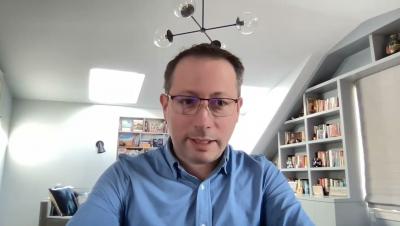What We Can Learn From SolarWinds Security Breach
65% of cyber attacks today happen due to the negligence of a third party. SolarWinds security breach is a good example of that. In this case, hackers used a method known as a supply chain attack to insert malicious code into their Orion System. From there, they managed to crack into the SolarWinds network and put malware into the environment. SolarWinds did a great job following up on this. They made significant improvements and are currently rated as a B by SecurityScorecard.











